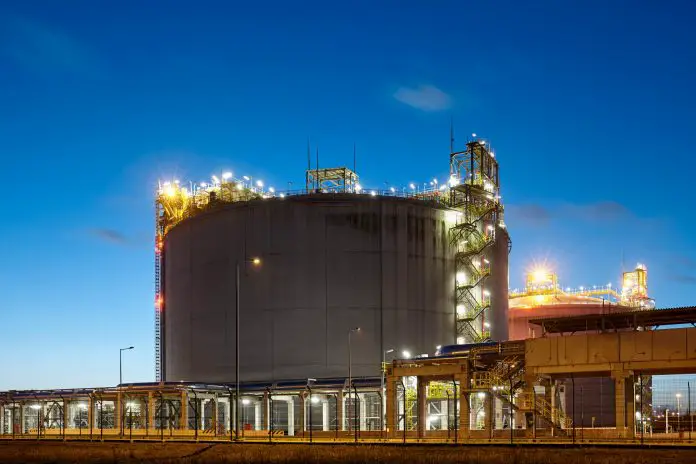U.S. natural gas production is on the rise, particularly from the Eagle Ford region in southwest Texas, presenting both opportunities and considerations for small business owners through increased availability and potentially lower costs of energy. In its April Short-Term Energy Outlook, the U.S. Energy Information Administration (EIA) predicts annual natural gas production will climb from 6.8 billion cubic feet per day (Bcf/d) in 2024 to 7.0 Bcf/d by 2026.
As natural gas prices begin to rise alongside a growing demand for liquefied natural gas exports, the uptick in production could benefit small businesses reliant on stable energy costs, such as those in manufacturing or transportation sectors. "The increase in natural gas production signifies a favorable shift for many small businesses that depend on energy for their operations," remarked Trinity Manning-Pickett, one of the principal contributors to the report.
This natural gas production growth contrasts with the oil sector within the same region, where output has remained relatively stagnant at approximately 1.1 million barrels per day since 2020. The modest but positive shift in gas production is attributed to increasing gas-oil ratios, with declining reservoir pressure allowing for a greater yield of natural gas relative to oil. The Eagle Ford region is particularly pertinent, as it hosts several key plays—most notably the Eagle Ford play and the Austin Chalk play.
Historically rich in energy resources, the Austin Chalk play, which has seen a resurgence since 2014, highlights the region’s potential for growth. Oil production from this play has nearly quadrupled, while natural gas output has surged by approximately 675%. This upward trajectory signals a shift in energy dynamics that could create opportunities for small businesses to reap environmental and economic benefits.
The Eagle Ford play alone accounts for a significant proportion of regional energy output—73% of natural gas production and 86% of oil production. Overall, since 2020, natural gas production from the Eagle Ford play has grown by 10%, demonstrating a resilience that small business owners should note as they assess energy sources and pricing strategies.
As small businesses often operate on tight budgets, the implications of these changes in the energy sector are profound. Access to affordable natural gas could translate into lower operational costs, thereby enhancing profitability. However, it is crucial for businesses to navigate potential challenges as they adapt to these energy market shifts.
Competition over limited resources, changing regulations, and the need to keep up with technology in drilling operations and energy production could affect local businesses. For businesses that utilize natural gas directly or provide services that depend heavily on its availability, this evolving landscape presents a dual-edged sword. Owners must stay informed about potential fluctuations in costs and supply stability.
The Austin Chalk play’s rapid growth, which contributes 23% of the region’s natural gas production, underscores the need for small business owners to stay agile and responsive to emerging opportunities. As gas production triples in this play, companies may find opportunities for collaborative ventures with natural gas producers or seek innovative ways to leverage this resource in their operations.
Overall, the forecast of rising natural gas production in the Eagle Ford region opens new doors for small businesses looking for cost-effective and reliable energy sources. By understanding the trends and market dynamics highlighted in EIA’s report, entrepreneurs can position themselves advantageously as the energy landscape evolves, ensuring they remain competitive in their respective markets.
For more detailed information, refer to the full report from the EIA here.
Image Via Envato: Maciejbledowski



